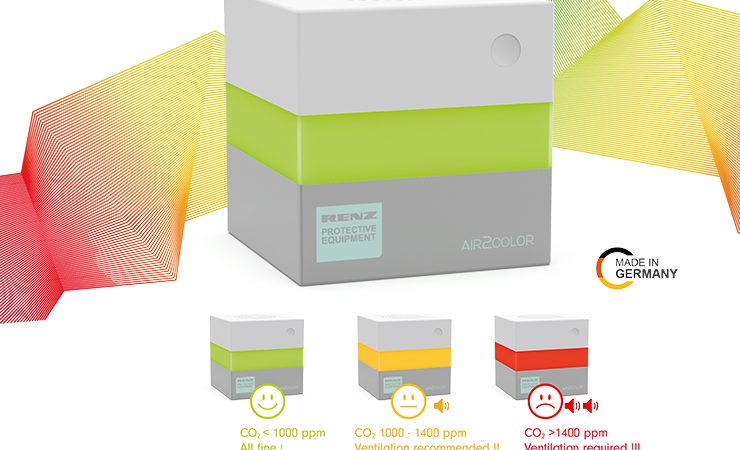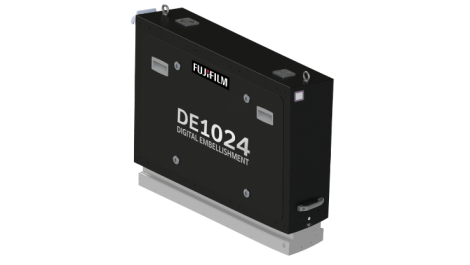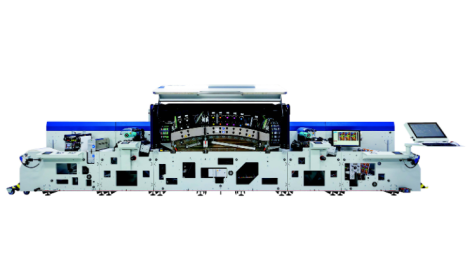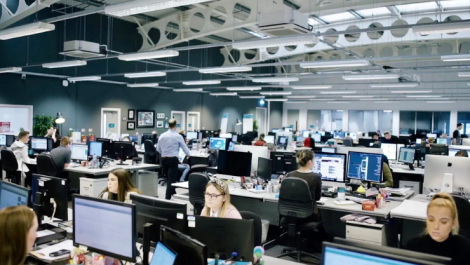In the fight to ward off coronavirus, myriad steps have been introduced by governments, businesses, and individuals to limit the risk of exposure to the virus. From social distancing and stay-at-home orders, to greater use of PPE in wider society, each have been implemented to try and bring the spread of Covid-19 under control.
In Germany, regularly ventilating rooms has been added to the country’s government’s formula to tackle the pandemic. In October, German chancellor Angela Merkel extended her government’s guidelines to include ventilation. At the end of September, Ms Merkel stated that ‘ventilating rooms may be one of the cheapest and most effective ways’ of containing the spread of the virus. Bavaria has now provided €37 million for carbon dioxide traffic lights and air filters in schools.
The UK’s Department for Health and Social Care is now actively encouraging ventilation to help reduce the spread of Covid-19. An information video released by the government department shows how virus particles linger in enclosed spaces. It also shows how letting fresh air in can reduce the risk of infection by more than 70%.
On the back of this, Renz has launched AIR2COLOR, a CO2 traffic light system that evaluates air quality in a room based on CO2 (exhaled in our breath) concentration and encourages regular ventilation.
It is designed for rooms up to 80sqm. At the heart of the Renz AIR2COLOR is a high-quality NDIR CO2 sensor (originating from the automotive industry), which is self-calibrating and maintenance free. The light band running around Renz AIR2COLOR is visible from all four sides and shows the quality of air in a room, either green (all fine!), yellow (ventilation recommended!!) or red (ventilation required!!!). This equates to less than 1000ppm for green, 1000-1400ppm for yellow, and 1400-2000ppm for red. Readings above 2000ppm generate an additional warning, with ventilation urgently required.
This encourages active, effective and regular ventilation, with too much CO2 in indoor air known to affect concentration levels, physical well-being, and health. Demand-oriented ventilation also reduces aerosol concentration in the air and has a positive effect on energy costs. As we head into the winter months, this will become even more important as businesses seek to maintain healthy and safe work environments, but also comfortable and productive workspaces. The Renz AIR2COLOR is ideally placed to help balance these requirements and meet demands seen across the print industry supply chain, from manufacturing facilities, to print and converting houses, all of which have an abundance of offices and spaces that will benefit from regular ventilation.
Impact
It is known that 90% of Covid-19 patients pick up the virus indoors. Regular impact ventilation in all private and public rooms can considerably reduce the danger of infection. When exhaling, CO2 is expelled and aerosols dispersed, with viruses entering the air through these aerosols. With regular ventilation, the number of aerosols in the air is reduced and in turn so is the risk of infection.
In Germany, schools have long since adopted the practice of regular ventilation and there is currently discussion around how many times and for what duration classroom windows should be opened to drive out aerosols. The German Ministry of the Environment has now made the recommendation to use CO2 sensors to determine when classrooms should be ventilated.
As well as schools, the potential market for this device in offices, meeting rooms and all indoor spaces where we are in close contact with each other is considerable.
This article is an advertorial; the featured company created the wording and paid for its placement. It has been edited by Whitmar Publications to ensure that it meets our standards. This advertorial was published in November/December 2020 issue of Digital Labels & Packaging






